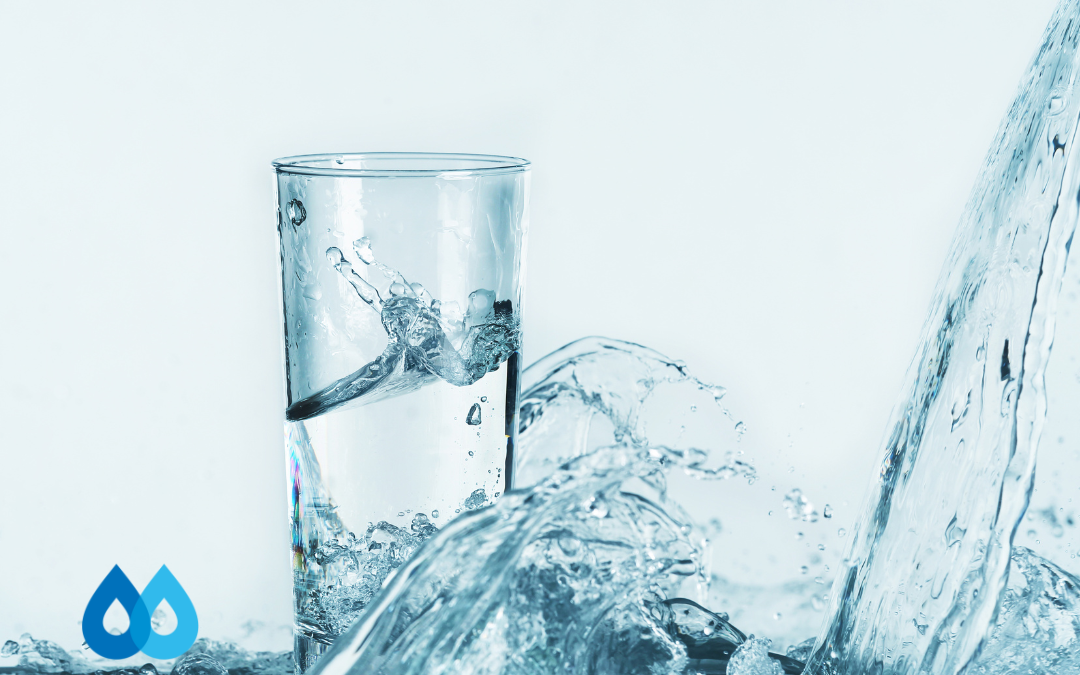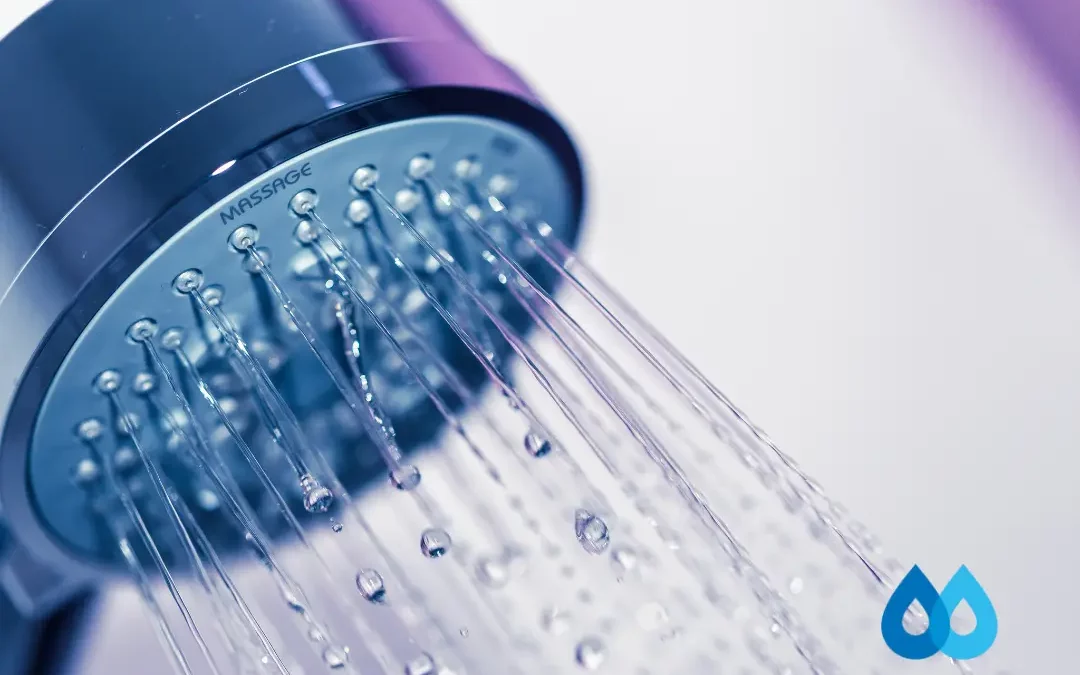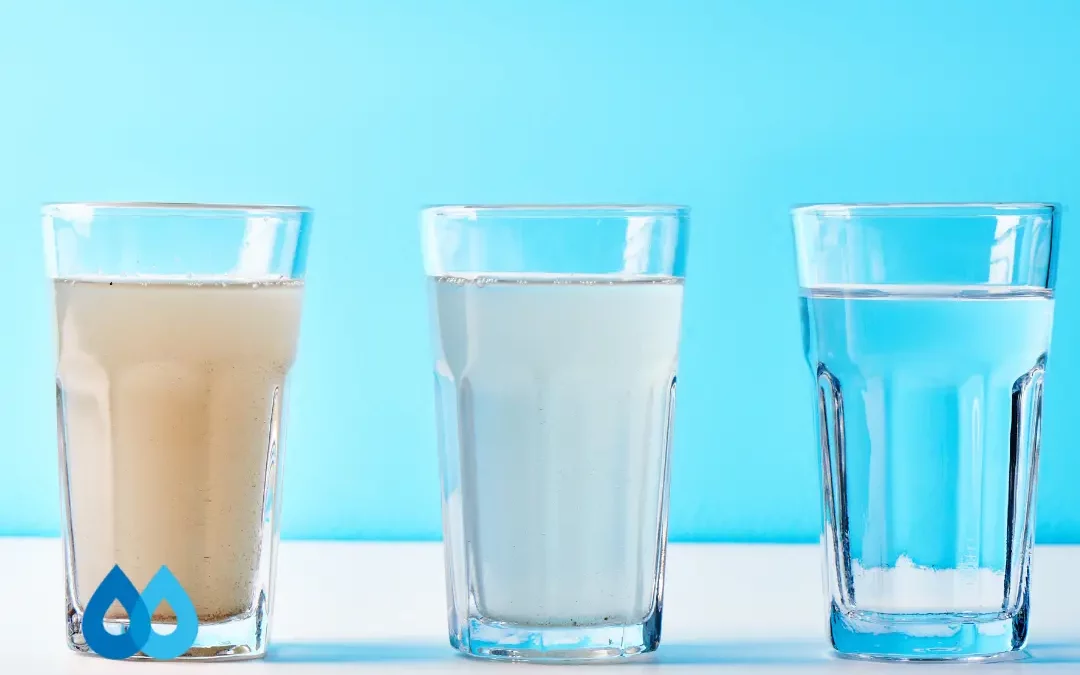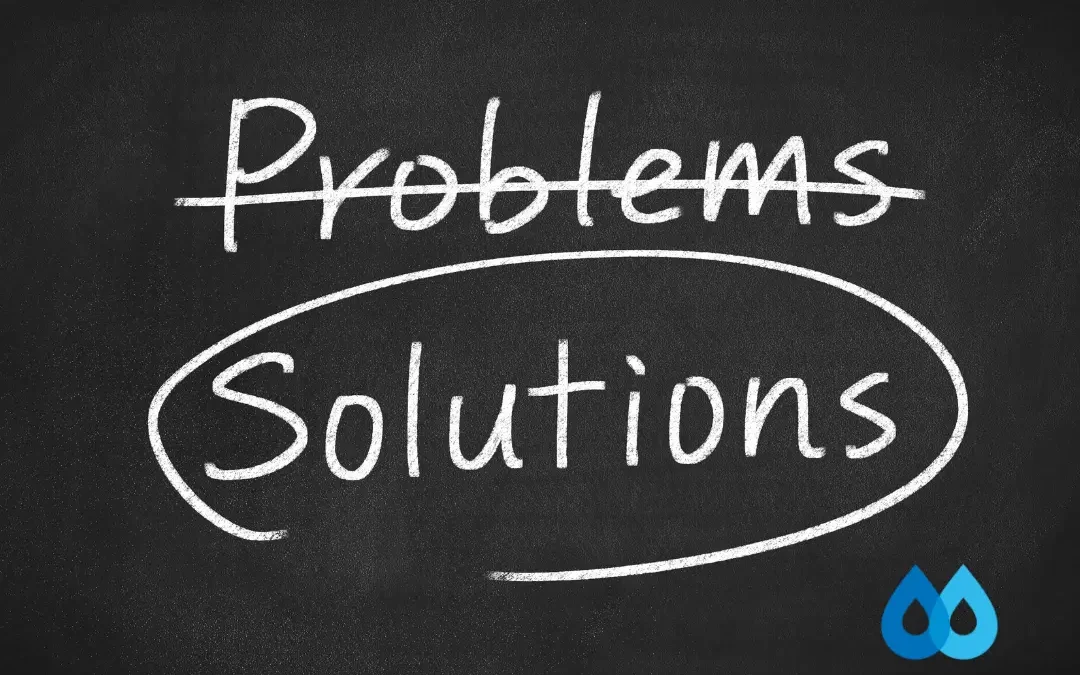 Lead in drinking water can be very tricky because the only way to know if your tap water contains lead is to have it tested. While most communities have their levels of lead monitored, some homes around the country are facing serious health effects due to high levels in their water regardless. From Flint to Florida, lead is becoming much more common in the news – which is never a good thing. There have certainly been measures and some improvements to reduce exposure to lead, but it still can find its way into our tap water and if you don’t have a home drinking water system like reverse osmosis, you may also be at risk.
Lead in drinking water can be very tricky because the only way to know if your tap water contains lead is to have it tested. While most communities have their levels of lead monitored, some homes around the country are facing serious health effects due to high levels in their water regardless. From Flint to Florida, lead is becoming much more common in the news – which is never a good thing. There have certainly been measures and some improvements to reduce exposure to lead, but it still can find its way into our tap water and if you don’t have a home drinking water system like reverse osmosis, you may also be at risk.
Lead gets into our drinking water from metal water taps, interior water pipes, or pipes connecting a house to the main water pipe in the street that are older and have not been replaced or updated. Newer construction doesn’t have lead pipes. Lead found in tap water usually comes from the corrosion of older fixtures or from the solder that connects pipes. When water sits in leaded pipes for several hours, lead can leach into the water supply. This can create problems for people with older homes.
So what happens when levels of lead in tap water are too high? An article from Popular Science explains very clearly that “Once it’s in the body, lead competes with calcium to be absorbed by the body. There are lots of factors that can affect just how much of the lead is absorbed, but there is an overall higher absorption rate for lead that is inhaled versus ingested. It sticks to red blood cells—doctors usually test the blood for proof of exposure to lead—and then moves into soft tissues, like the liver and lungs. If lead is absorbed into bones, it can stay there for decades and recirculate in the person’s blood if a bone is broken or when a woman is pregnant, potentially poisoning both the mother and the fetus.”
This is why for homes with children or pregnant women and with water lead levels exceeding EPA’s action level of 15 ppb, CDC recommends using bottled water or water from a filtration system that has been certified by an independent testing organization to reduce or eliminate lead for cooking, drinking, and baby formula preparation. Some experts are now pushing for an even lower level of 10 ppb to reduce risk. Our drinking water systems can help protect your family by reducing contaminants such as lead from your tap water. If you’re concerned about lead in your water, now is the time to contact us!



